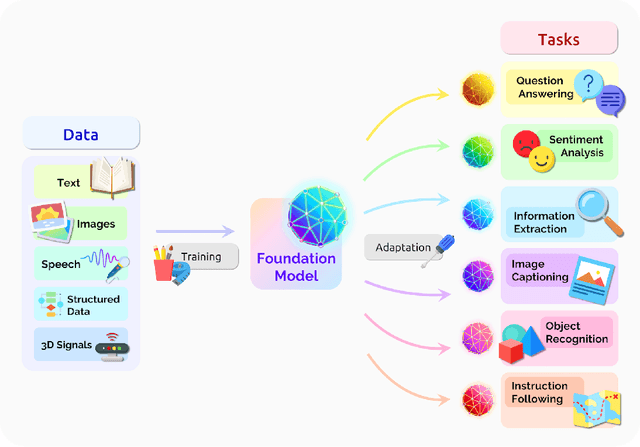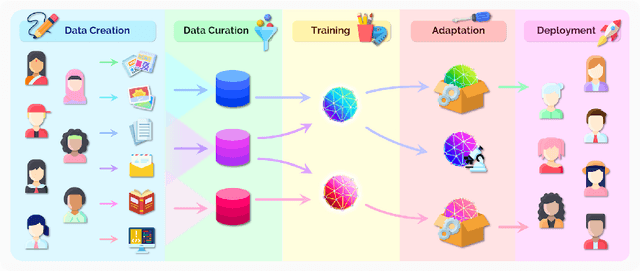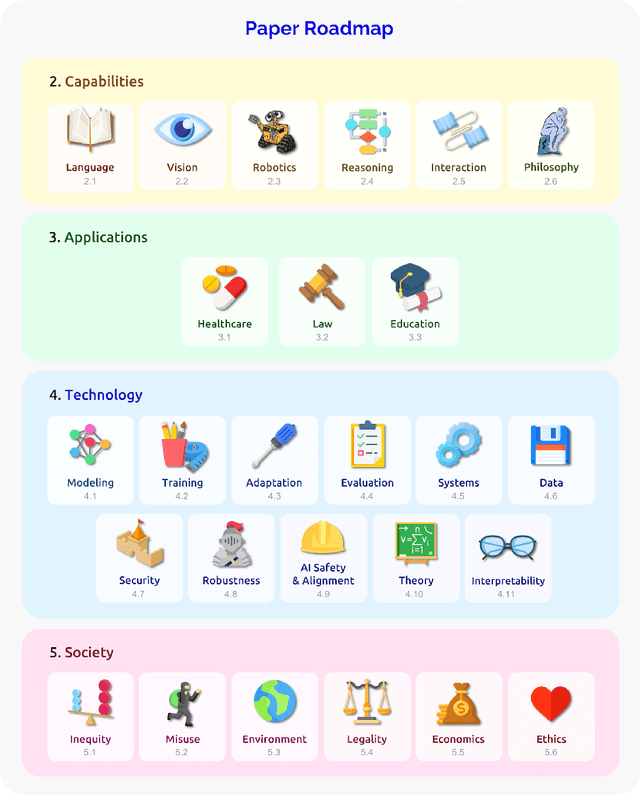Russ Altman
Individual Fairness Through Reweighting and Tuning
May 07, 2024

Abstract:Inherent bias within society can be amplified and perpetuated by artificial intelligence (AI) systems. To address this issue, a wide range of solutions have been proposed to identify and mitigate bias and enforce fairness for individuals and groups. Recently, Graph Laplacian Regularizer (GLR), a regularization technique from the semi-supervised learning literature has been used as a substitute for the common Lipschitz condition to enhance individual fairness. Notable prior work has shown that enforcing individual fairness through a GLR can improve the transfer learning accuracy of AI models under covariate shifts. However, the prior work defines a GLR on the source and target data combined, implicitly assuming that the target data are available at train time, which might not hold in practice. In this work, we investigated whether defining a GLR independently on the train and target data could maintain similar accuracy. Furthermore, we introduced the Normalized Fairness Gain score (NFG) to measure individual fairness by measuring the amount of gained fairness when a GLR is used versus not. We evaluated the new and original methods under NFG, the Prediction Consistency (PC), and traditional classification metrics on the German Credit Approval dataset. The results showed that the two models achieved similar statistical mean performances over five-fold cross-validation. Furthermore, the proposed metric showed that PC scores can be misleading as the scores can be high and statistically similar to fairness-enhanced models while NFG scores are small. This work therefore provides new insights into when a GLR effectively enhances individual fairness and the pitfalls of PC.
CRISPR-GPT: An LLM Agent for Automated Design of Gene-Editing Experiments
Apr 27, 2024Abstract:The introduction of genome engineering technology has transformed biomedical research, making it possible to make precise changes to genetic information. However, creating an efficient gene-editing system requires a deep understanding of CRISPR technology, and the complex experimental systems under investigation. While Large Language Models (LLMs) have shown promise in various tasks, they often lack specific knowledge and struggle to accurately solve biological design problems. In this work, we introduce CRISPR-GPT, an LLM agent augmented with domain knowledge and external tools to automate and enhance the design process of CRISPR-based gene-editing experiments. CRISPR-GPT leverages the reasoning ability of LLMs to facilitate the process of selecting CRISPR systems, designing guide RNAs, recommending cellular delivery methods, drafting protocols, and designing validation experiments to confirm editing outcomes. We showcase the potential of CRISPR-GPT for assisting non-expert researchers with gene-editing experiments from scratch and validate the agent's effectiveness in a real-world use case. Furthermore, we explore the ethical and regulatory considerations associated with automated gene-editing design, highlighting the need for responsible and transparent use of these tools. Our work aims to bridge the gap between beginner biological researchers and CRISPR genome engineering techniques, and demonstrate the potential of LLM agents in facilitating complex biological discovery tasks.
Prospector Heads: Generalized Feature Attribution for Large Models & Data
Feb 18, 2024Abstract:Feature attribution, the ability to localize regions of the input data that are relevant for classification, is an important capability for machine learning models in scientific and biomedical domains. Current methods for feature attribution, which rely on "explaining" the predictions of end-to-end classifiers, suffer from imprecise feature localization and are inadequate for use with small sample sizes and high-dimensional datasets due to computational challenges. We introduce prospector heads, an efficient and interpretable alternative to explanation-based methods for feature attribution that can be applied to any encoder and any data modality. Prospector heads generalize across modalities through experiments on sequences (text), images (pathology), and graphs (protein structures), outperforming baseline attribution methods by up to 49 points in mean localization AUPRC. We also demonstrate how prospector heads enable improved interpretation and discovery of class-specific patterns in the input data. Through their high performance, flexibility, and generalizability, prospectors provide a framework for improving trust and transparency for machine learning models in complex domains.
On the Opportunities and Risks of Foundation Models
Aug 18, 2021



Abstract:AI is undergoing a paradigm shift with the rise of models (e.g., BERT, DALL-E, GPT-3) that are trained on broad data at scale and are adaptable to a wide range of downstream tasks. We call these models foundation models to underscore their critically central yet incomplete character. This report provides a thorough account of the opportunities and risks of foundation models, ranging from their capabilities (e.g., language, vision, robotics, reasoning, human interaction) and technical principles(e.g., model architectures, training procedures, data, systems, security, evaluation, theory) to their applications (e.g., law, healthcare, education) and societal impact (e.g., inequity, misuse, economic and environmental impact, legal and ethical considerations). Though foundation models are based on standard deep learning and transfer learning, their scale results in new emergent capabilities,and their effectiveness across so many tasks incentivizes homogenization. Homogenization provides powerful leverage but demands caution, as the defects of the foundation model are inherited by all the adapted models downstream. Despite the impending widespread deployment of foundation models, we currently lack a clear understanding of how they work, when they fail, and what they are even capable of due to their emergent properties. To tackle these questions, we believe much of the critical research on foundation models will require deep interdisciplinary collaboration commensurate with their fundamentally sociotechnical nature.
 Add to Chrome
Add to Chrome Add to Firefox
Add to Firefox Add to Edge
Add to Edge